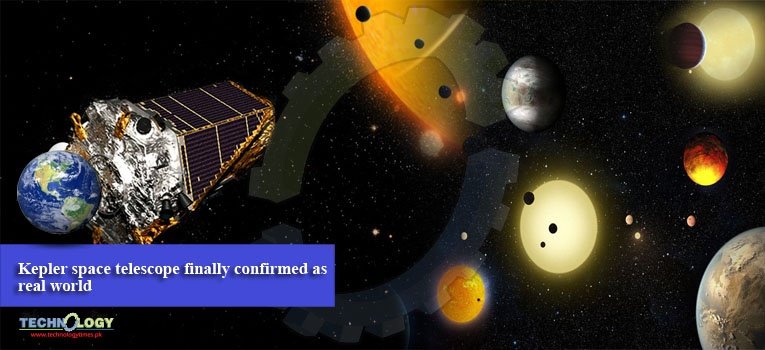Ten years after it was launched, the first exoplanet candidate spotted by NASA’s Kepler space telescope has finally been confirmed as a real world, scientists say.

The exoplanet known as Kepler-1658 b is a massive hot Jupiter that whips around its star every 3.85 days, said researchers from the University of Hawaii in the US.
From the surface, the star would appear 60 times larger in diameter than the Sun as seen from Earth, they said.
Kepler has discovered thousands of exoplanets since its launch in 2009, using the transit method small dips in a star’s brightness as planets cross in front of the star.
Because other phenomena can mimic transits, Kepler data reveal planet candidates, but further analysis is required to confirm them as genuine planets.
Despite being the very first planet candidate discovered by Kepler in 2011, Kepler-1658 b had a rocky road to confirmation.
“This in turn means that the planet is three times larger, revealing that Kepler-1658 b is actually a hot Jupiter-like planet,” Chontos said in a statement.
Kepler-1658 is 50 per cent more massive and three times larger than the Sun, the researchers said.
The newly confirmed planet orbits at a distance of only twice the star’s diameter, making it one of the closest―in planets around a more evolved star one that resembles a future version of our Sun.
Standing on the planet, the star would appear 60 times larger in diameter than the Sun as seen from Earth, the researchers said.
Planets orbiting evolved stars similar to Kepler-1658 are rare, and the reason for this absence is poorly understood, they said.
The insights gained from Kepler-1658b suggest that this process happens slower than previously thought, and therefore may not be the primary reason for the lack of planets around more evolved stars.